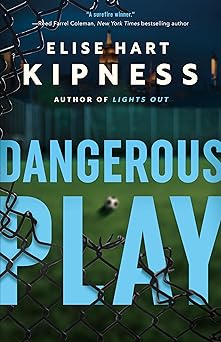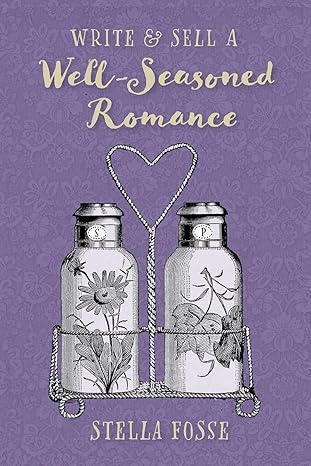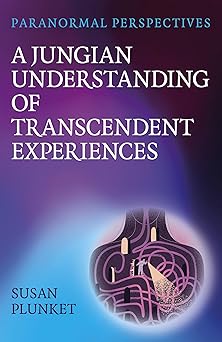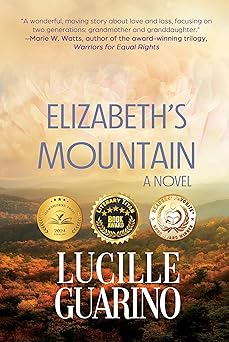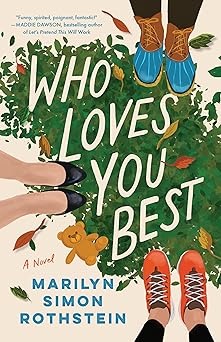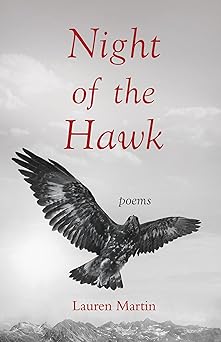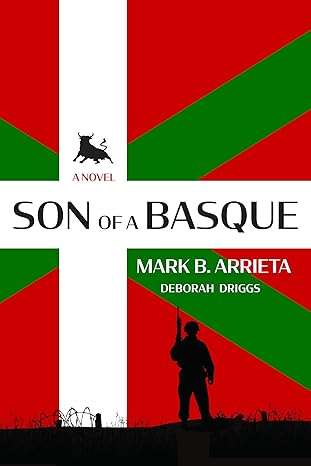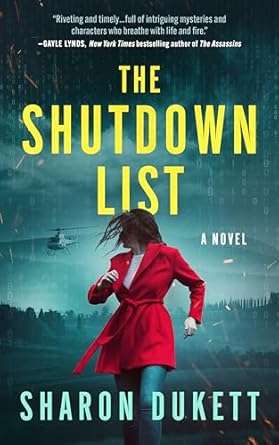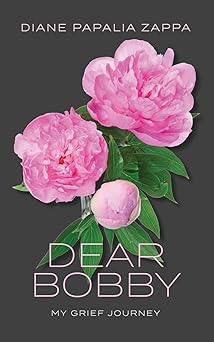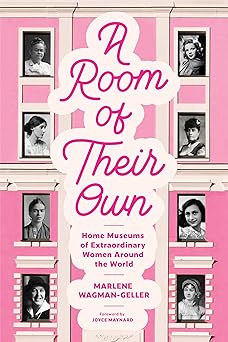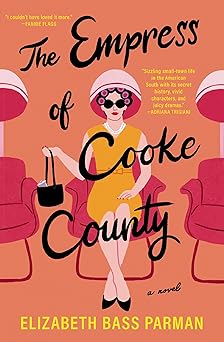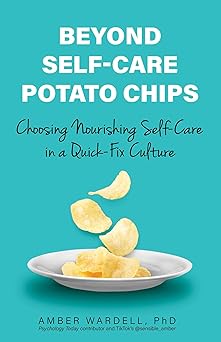Writing And Researching: On Wilder Seas
 Nikki Marmery is the author of On Wilder Seas, a historical novel inspired by the true story of Maria, the woman who sailed on the Golden Hind during Francis Drake’s circumnavigation voyage in 1579.
Nikki Marmery is the author of On Wilder Seas, a historical novel inspired by the true story of Maria, the woman who sailed on the Golden Hind during Francis Drake’s circumnavigation voyage in 1579.
I first read about Maria in a popular history book, seven years ago.
Though details about her life are scarce, she was most likely born in West Africa and transported to colonial New Spain (now Mexico) as a slave. In April 1579, she was sailing south from Acapulco with her master, a Spanish nobleman, when their ship was attacked by the English explorer Francis Drake. We cannot know the details of the exchange – but when Drake sailed on to explore the northwest coast of America, Maria was with him.
The eye-witness account that records the incident is preserved at the British Library in London. The barely legible handwritten manuscript states:
“Drake tooke out of this ship a pilate to cary him into the harbor of Guatulco and also a proper negro wench called Maria which was afterward gotten with child between the captain and his men pirates and sett on a small iland to take her adventures.”
This casual dismissal of Maria and her fate consumed me. I hated the way she was described: as a passive object to be taken up and set down, according to Drake’s whim. When the first official accounts of Drake’s voyage were published: first in 1589, in Richard Hakluyt’s Principall Navigations, Voyages and Discoveries of the English Nation, and later, in a fuller account The World Encompassed in 1628 – Maria was not mentioned.
In later histories of Drake’s voyage, she is usually dismissed in one brief sentence, often unnamed. Yet for nine months Maria was aboard the most famous exploration voyage in English history. She was the only woman in the first English colony in the Americas – Nova Albion, where Drake and his crew set up camp for five weeks. She is the first named African woman to set foot in North America – forty years before Jamestown in 1619.
I wanted to know everything about her. Where had she come from? What happened to her after she was abandoned? Was there a chance – however remote – that, like the three male Africans on board the Golden Hind, she had joined Drake willingly? When Drake and his men lived ashore at Nova Albion, did Maria interact with the native people they met there? How did her experience of this first contact differ from Drake’s? Who protected her on that ship – and who was a danger to her? What is it like being heavily pregnant, deprived of female company, at the mercy of the worst of men, cooped up in danger and hardship on a tiny ship?
These are questions a historian cannot answer. But a novelist can.
Toni Morrison said that if there’s a book you want to read, but it hasn’t been written yet, then you must write it. So I got to work.
The research was daunting to say the least. I have a history degree, and wanted, wherever possible, to research from primary, contemporary sources. The original manuscripts of Drake’s voyage are all at the British Library, so I signed up as a reader there.
After having read about Maria for so long in secondary sources, to hold the eye-witness account of her in my hands: the browned ink and curling paper, the tiny holes where sparks from a candle have burned the parchment; the drawings in the margins, and where the author has literally erased Maria’s name – was incredibly special.
I devoured 16th century books about navigation and shipcraft, texts on early modern religious disputes, diaries of Elizabethan explorers, accounts of English sailors stranded in Mexico and tried as heretics, and Drake’s cousin John Hawkins’ own descriptions of his horrifying slaving voyages. I read travellers’ descriptions of the colonial New World, histories of the maroons – escaped slaves – of the West Indies, and the myths and folk stories enslaved Africans brought with them to America.
The background of the story came together, but the beating heart of it: Maria, was still elusive.
I wanted to centre Maria in her own story – but how to do that when the facts of her life are so scarce?
Eventually I accepted the trail on Maria was cold. There was no more I could learn about her – but I could read about women who lived lives like hers in the colonial New World.
It is usually difficult to find records of women – and particularly black women – of the 16th century. But in New Spain, Inquisitorial archives provide a wealth of information. Via the work of historians who have uncovered such testimonies, as well as wills, civil suits, and other sources, I was able to read African women from across the Spanish New World in their own words.
Far from the passive impression of Maria portrayed in the English documents, these women were active and forceful. They launched property suits, fought witchcraft hearings, defended blasphemy and bigamy charges, bequeathed inheritances, sought legal protection from abusive husbands and petitioned – often successfully – to be reunited with enslaved spouses from whom they had been parted.
In Africa, they were powerful queens making demands of European colonisers; in Spanish America, they led rebel communities of slaves.
Reading these women brought me much closer to Maria. They gave me the confidence to construct a character like them: wily, creative and resourceful; to present Maria as she undoubtedly was: an active and courageous participant in her own life, rather than a passive object to be used and abandoned by men; erased, dismissed and unnamed by men writing about her.
It took me seven years, but I was finally able to answer my own questions about Maria.
The resulting novel is not a history, but a possible life: a fiction in which I have privileged Maria’s story over the accepted facts of Drake’s circumnavigation. I consider it no more a work of fiction than histories of Drake and the Golden Hind that do not mention Maria at all.
—
Nikki worked as a financial journalist for 15 years, specializing in credit derivatives and foreign exchange markets. The financial crisis, followed swiftly by the arrival of three small children, put an end to that, and she now lives in the countryside, where she writes historical fiction and watches Gardeners World unironically.
She has a degree in history from the University of Nottingham and studied creative writing at the Faber Academy. Her interests are prehistory, feminism and feminist prehistory.
Find out more about Nikki on her website https://nikkimarmery.com/
Follow her on Twitter https://twitter.com/nikkimarmery
ON WILDER SEAS
 On Wilder Seas is a historical novel inspired by the true story of Maria, the woman who sailed on the Golden Hind during Francis Drake’s circumnavigation voyage in 1579.
On Wilder Seas is a historical novel inspired by the true story of Maria, the woman who sailed on the Golden Hind during Francis Drake’s circumnavigation voyage in 1579.
As Drake’s secret mission takes the ship into the Arctic north, Maria, an escaped slave, makes a bid for true freedom. Dismissed and erased for 440 years, On Wilder Seas centres Maria in her own story for the first time and shines a new light on Drake’s famous voyage.
The inspiration for the book comes from the ‘Anonymous Narrative’, an account of the voyage of the Golden Hind kept at the British Library in London. After passing through the Strait of Magellan in September 1578, Drake sailed up the coasts of Chile, Peru, and Mexico, raiding Spanish ports and ships as he went.
From one ship, the Anonymous Narrative tells us: “Drake tooke… a proper negro wench called Maria, which was afterward gotten with child between the captain and his men pirats, and sett on a small island to take her adventures.”
Reading this casual dismissal of Maria and her fate sparked an enquiry into the possibilities of her life that resulted in my novel.
Category: Contemporary Women Writers, On Writing




